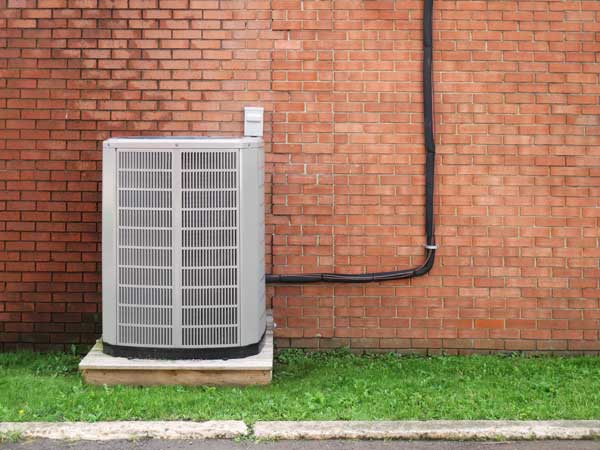If you are using a screen reader or other auxiliary aid and are having problems using this website, please contact us at 1.800.633.7077.
Energy Efficiency Terms


Untangling Appliance Energy Efficiency Terms
Did you know that paying a bit more up-front for efficient appliances may actually end up saving you money in the long term? It can be a bit bewildering to sort through all the acronyms and program names, so here are some of the more common ones.
- ENERGY STAR®: ENERGY STAR is a voluntary national program that provides unbiased and credible information about energy efficiency. Products that are marked with the ENERGY STAR symbol have to meet certain requirements in order to become certified. ENERGY STAR also provides a wide range of free educational resources about how to reduce energy usage. Visit energystar.gov to learn more.
- EnergyGuide label: These bright yellow labels are required by the FTC for many types of appliances. They contain a range of information like estimated yearly electrical use and operating cost. The estimated yearly operating cost is based on typical use and the national average price of electricity at the time of manufacture, which may vary from your circumstances, but can be helpful when comparing models. The information is meant to be used as a general guide and may be out of date for older appliances, especially if they are in poor repair and not operating at full efficiency. Learn more about EnergyGuide labels.
Heating and Cooling Ratings:
Most of these ratings are similar to MPG (miles per gallon) in a car. The actual energy usage can vary depending on the specific circumstances, but better ratings show greater overall efficiency, which means more heating or cooling power per each energy dollar that you spend. Most of these ratings are for the units themselves and do not account for any losses in ductwork or piping.
 SEER (Seasonal Energy Efficiency Ratio): Air conditioners and heat pumps (when cooling) use SEER ratings. Modern units range from 13 to 24 SEER, though older units may have even lower ratings. SEER ratings above 16 are considered high efficiency.
SEER (Seasonal Energy Efficiency Ratio): Air conditioners and heat pumps (when cooling) use SEER ratings. Modern units range from 13 to 24 SEER, though older units may have even lower ratings. SEER ratings above 16 are considered high efficiency.- AFUE (Annual Fuel Utilization Efficiency): Combustion appliances — like furnaces, water heaters, and boilers — use AFUE, which is shown as a percentage. A 90% AFUE means that for every 100 BTUs of natural gas, 90 BTUs of useful heat energy is put out.
- HSPF (Heating seasonal performance factor): HSPF is used to measure the efficiency of heat pumps when in heating mode. An HSPF of greater than 8 is generally considered high efficiency, with 10 being the maximum rating.